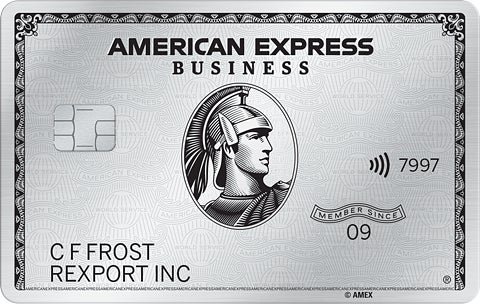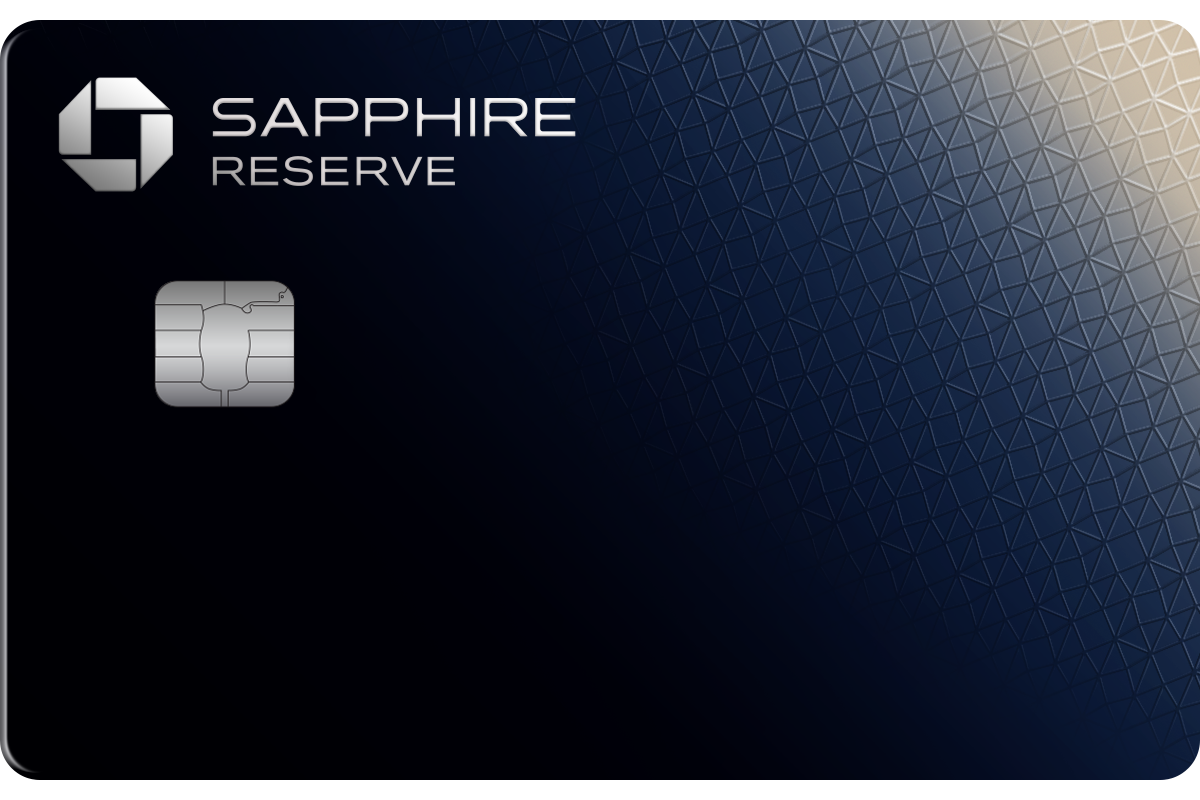Christine Krzyszton
Christine Krzyszton
Senior Finance Contributor
353 Published Articles
Countries Visited: 100U.S. States Visited: 45
Christine ran her own business developing and managing insurance and financial services offices. This stoked a passion for points and miles and she now has over 2 dozen credit cards and creates in-dep...
Edited by: Jessica Merritt
Jessica Merritt
Senior Editor & Content Contributor
177 Published Articles 746 Edited Articles
Countries Visited: 4U.S. States Visited: 23
A long-time points and miles student, Jessica is the former Personal Finance Managing Editor at U.S. News and World Report and is passionate about helping consumers fund their travels for as little ca...
& Juan Ruiz
Juan Ruiz
Senior Editor & Content Contributor
416 Published Articles 1064 Edited Articles
Countries Visited: 41U.S. States Visited: 28
Juan has extensive experience in writing and editing content related to credit cards, loyalty programs, and travel. He has been honing his expertise in this field for over a decade. His work has been ...
![Amex Business Platinum Card vs. Chase Sapphire Reserve Card [Detailed Comparison]](https://upgradedpoints.com/wp-content/uploads/2021/01/Amex-Business-Platinum-vs-Chase-Sapphire-Reserve-Upgraded-Points-LLC.jpg?auto=webp&disable=upscale&width=1200)






![Ink Business Preferred Credit Card – Full Review [2025]](https://upgradedpoints.com/wp-content/uploads/2018/12/Ink-Business-Preferred.jpeg?auto=webp&disable=upscale&width=1200)
![Marriott Rewards Premier Business Credit Card — Full Review [2025]](https://upgradedpoints.com/wp-content/uploads/2017/01/art-card-available-v2.png?auto=webp&disable=upscale&width=1200)
![Chase Ink Business Preferred Card vs. Amex Business Gold Card [Detailed Comparison]](https://upgradedpoints.com/wp-content/uploads/2019/12/Amex-Business-Gold-vs-Chase-Ink-Business-Preferred-Upgraded-Points-LLC.jpg?auto=webp&disable=upscale&width=1200)
![Amex Business Green Card: Full Review [2025]](https://upgradedpoints.com/wp-content/uploads/2018/03/American-Express-Business-Green-Rewards.png?auto=webp&disable=upscale&width=1200)